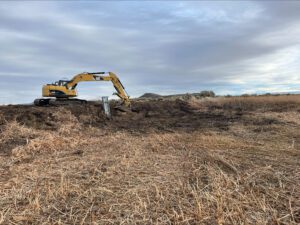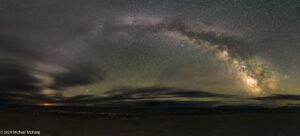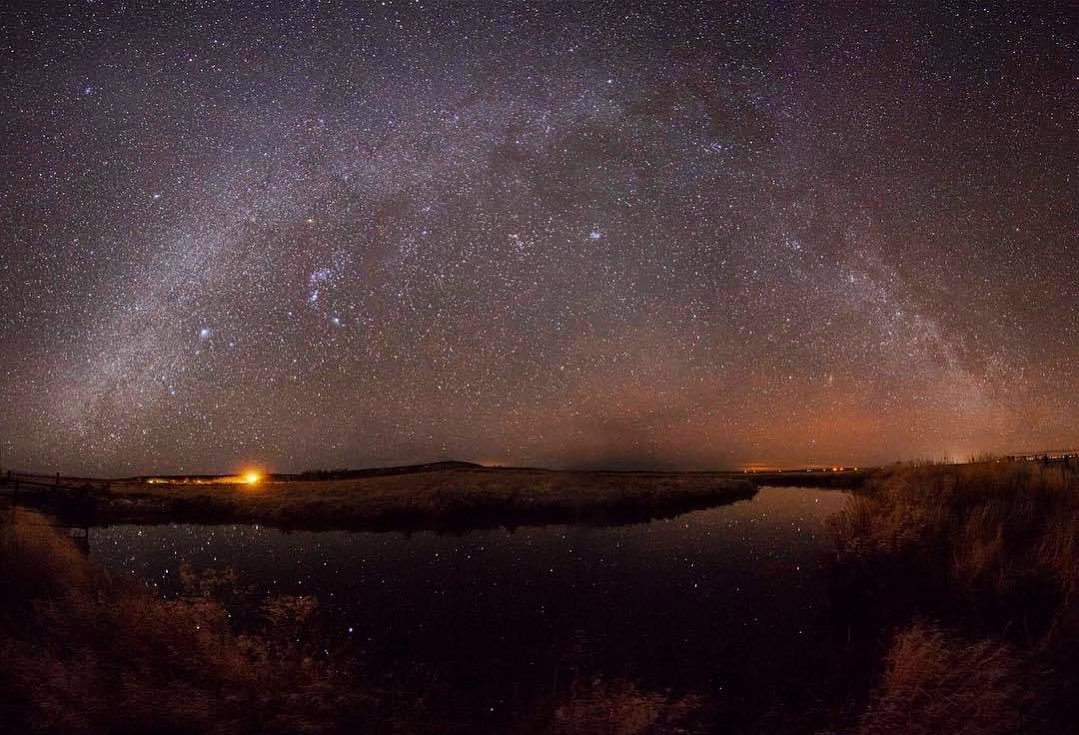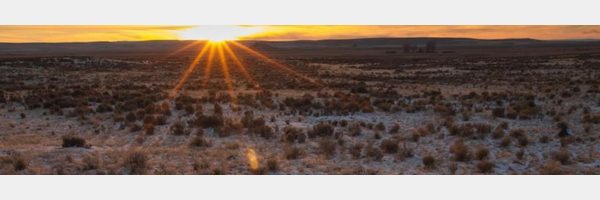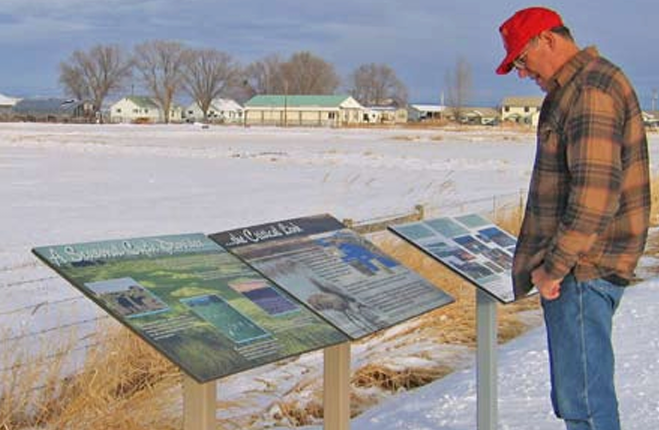
A family wedding – a very special niece – took me south into California recently, and as I often do when I travel, I took advantage of the drive to seek out a few national wildlife refuges.
Travel up and down the “I-5 Corridor” puts one on the same route as one of the primary branches of the Pacific Flyway, in this case the route leading to and through California’s Great Central Valley.
Before the arrival of Euro-Americans, this region was quite literally an American Serengeti, with all the density of wildlife that name implies. Millions of tule elk and pronghorn made their home there, as did predators that fed upon them like mountain lions and grizzly bears. And there were birds – millions and millions of them.
Seasonal wetlands occupied large areas of the valley, and the valley’s mild climate meant that they seldom if ever froze. As a result, these marshes served as wintering destinations for almost incalculable numbers of waterbirds. Today, after conversion of most of the valley to agriculture, the National Wildlife Refuge System preserves remnants of these once extensive marshlands in the form of a chain of refuges.
During our recent visit, my wife and I focused our birding time on three refuges: San Luis, Merced, and Sacramento. All three were beginning to fill with winter birds. Water birds predominated, of course, with pintails and white-fronted geese particularly visible. And at San Luis, to our delight, we saw hundreds of sandhill cranes, a treat by any standard.
Inevitably, when I visit other units of the national wildlife refuge system, I can’t help but compare them to my “home refuge” – Malheur. I always enjoy the spectacular winter bird congregations of California’s Great Central Valley, but Malheur preserves something missing in these other refuges, surrounded as they are by farms and cities. To me, Malheur retains a sense of wildness – a feeling that it is s part of a larger and still mostly intact natural landscape.
With its often-pristine air quality, and clear views of distant lava mesas and the wonderful Steen Mountain uplift, the word that always comes to me when I’m out on the refuge is that its landscapes are genuinely “grand.” For wildlife, and for we humans, too, open spaces are a wondrous thing.
And, I should mention, the wedding was fun too.
– Wm. Tweed



